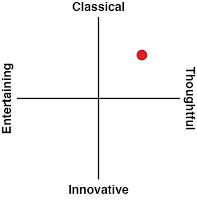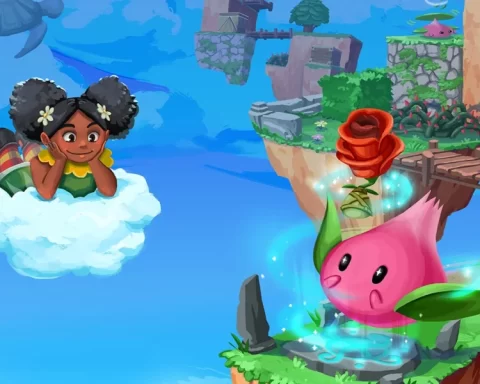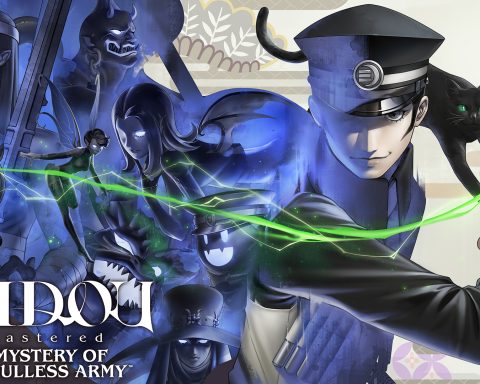Review by Matt S.
If you’re looking closely, the first thing that you’ll notice is that Utawarerumono doesn’t look quite like other Japanese fantasy games. It has got a distinctly anime aesthetic, of course, but it also has some unique approaches to clothing, hairstyles, and character design. There’s a good reason for that, and it’s Utawarerumono’s most immediately appealing feature; this game is heavily inspired by a group of native Japanese people – the Ainu – and their aesthetic. The Ainu are a deeply underrepresented people and culture within Japanese society, but they are native to the northern part of the country, principally Hokkaido, and they do have a culture and history distinct to the people we think of in the west as “Japanese.”
“…only the first Utawarerumono title featured sex scenes at any time. The sequels – which Utawarerumono Zan is based on – never had sex scenes in them, in Japan or the west and the writer was able to maintain his vision, characterisation and world-building without them. All of these games still feel like they belong to the same fantasy and universe.”
Now sex free, Utawarerumono is a blend of a number of things – its that pastoral, native-themed fantasy with some high magic and political intrigue thrown in. It’s a game that has little patience for decadence and an inherent position that power and wealth are corrupting forces (nothing new for fantasy there), and it has plenty of light-hearted and comic moments, with many of those having a romantic edge as our protagonist demonstrates how hopeless he is with women. None of these themes are unusual for anime, and while the storytelling of Utawarerumono might not break new ground or innovate, it does hit all the right notes in all the right ways.
Though combat isn’t the core focus of the game, there is a lot to like about it nonetheless. It’s a fairly standard tactics JRPG setup, in which characters are encouraged to stay close to one another so that they can launch particularly powerful “link” attacks. Additionally, there’s some resource management involved, as each character has a power meter that slowly fills up. When it hits 100, the character can launch an extra attack that does bonus damage, but then, of course, the meter is drained and takes ages to build back up again, so you want to save it for the more challenging bosses. One element that might put people off is the difficulty spikes, and I found that I was needing to grind up experience at points as early as the third battle. These battles also tend to run long, but there is a neat ability to wind back around 50 turns or so to correct a mistake you may have made, and even the grind serves as a nice distraction from the visual novel at points. All together Utawarerumono is a lengthy game, and while I usually advocate for games to be shorter, in the particular case of this series, I do think the narrative justifies the length and experience that it’s looking to share.
Who knows what – if anything else – is in the future for Utawarerumono as a property. With the release of Prelude to the Fallen, the core part of the franchise is now all fully (and formally) available in English, and that’s a wonderful thing. I do hope that there’s more to come in the future, as the unique aesthetics, thematic background, and design elements of the series make it both interesting and evocative, and after playing these games, they do kind of stick with you as something beautiful and memorable. I think back to the previous Utawarerumono games and they stand out as some of my favourite JRPGs this generation. I have no doubt that I will remember this one in the same way.
A copy of this game was provided by the publisher for the purposes of review.
– Matt S.
Editor-in-Chief
Find me on Twitter: @mattsainsb











